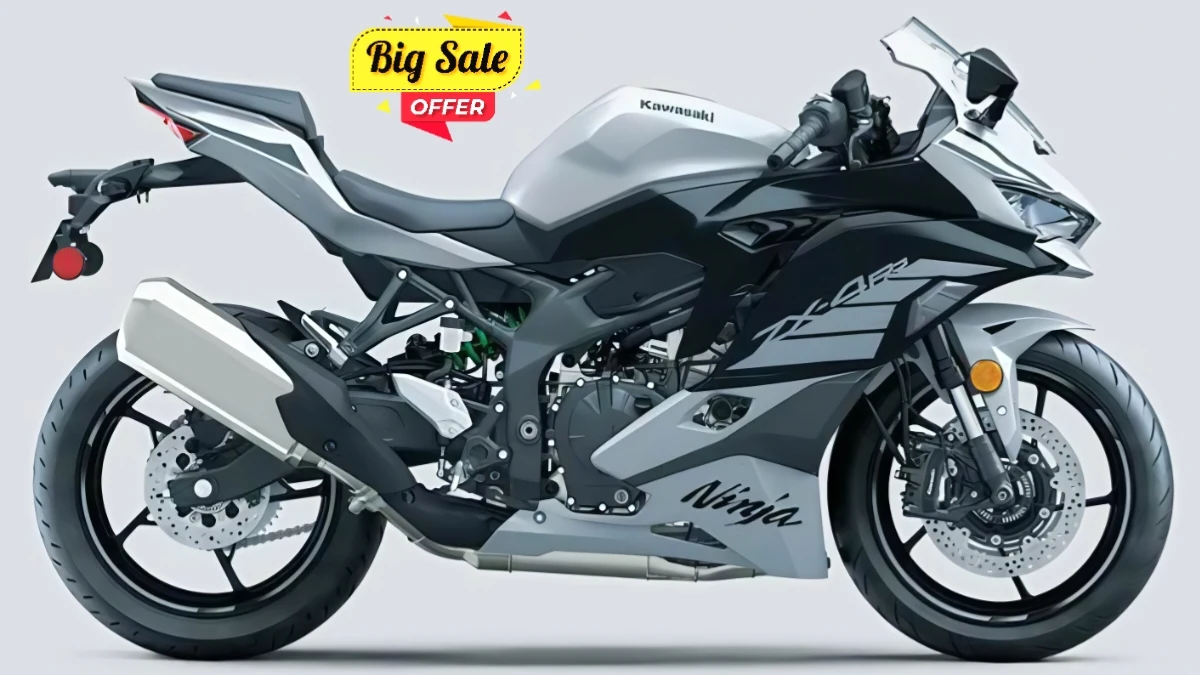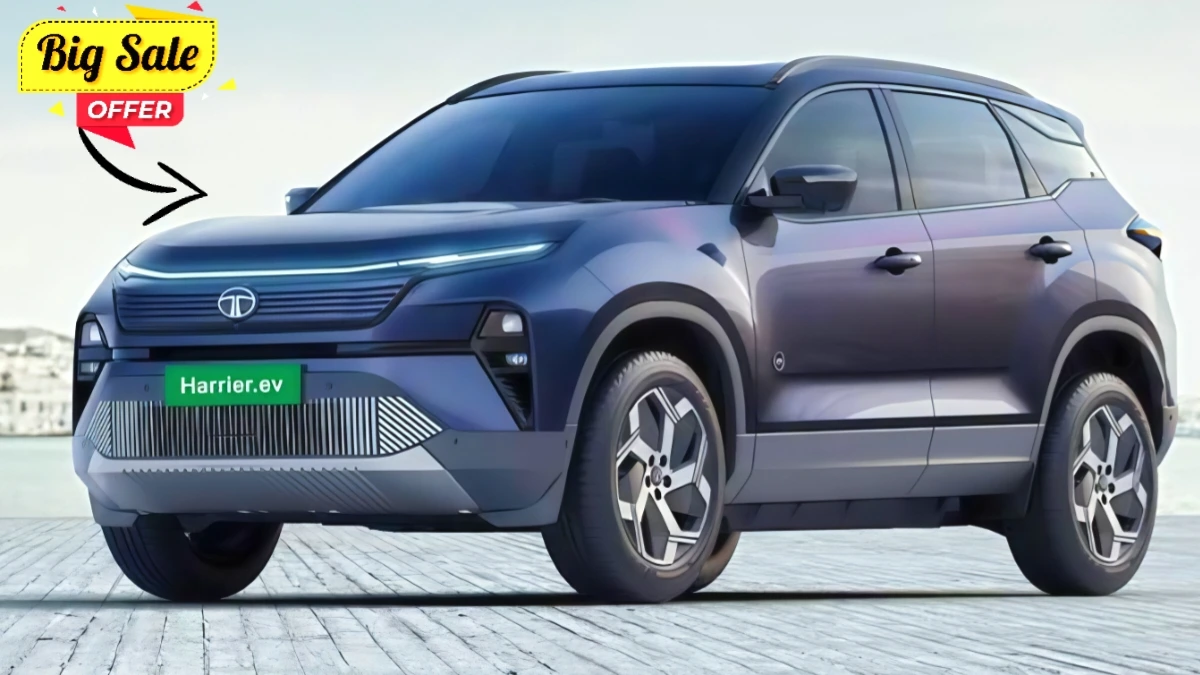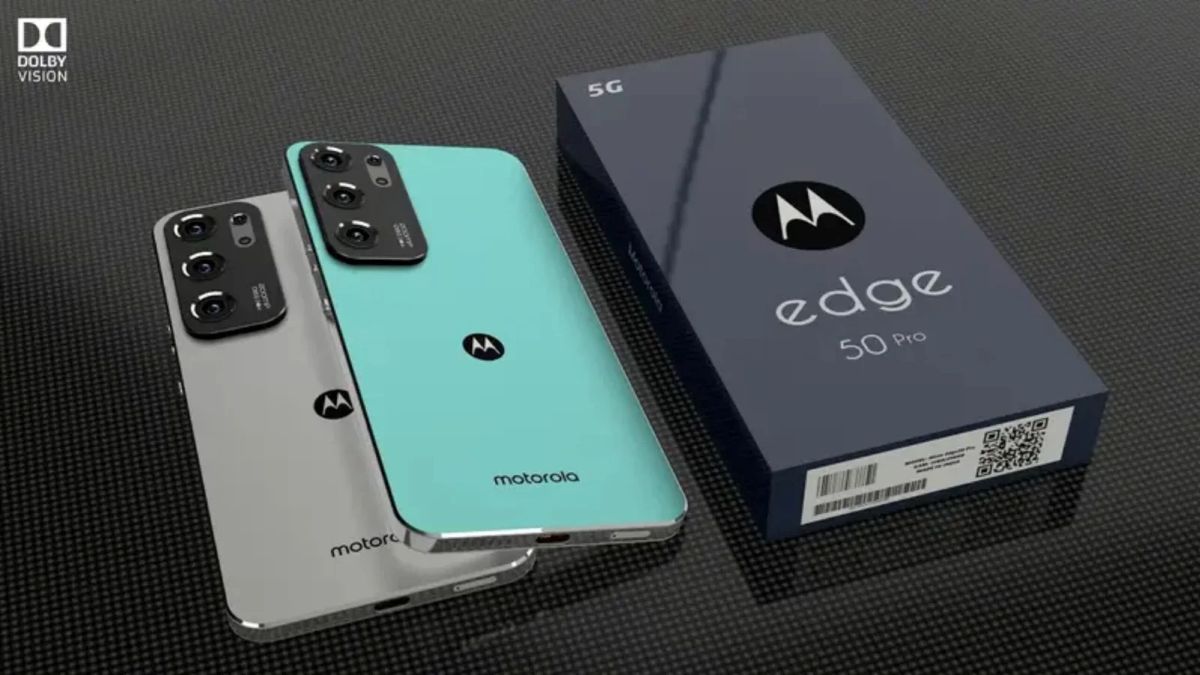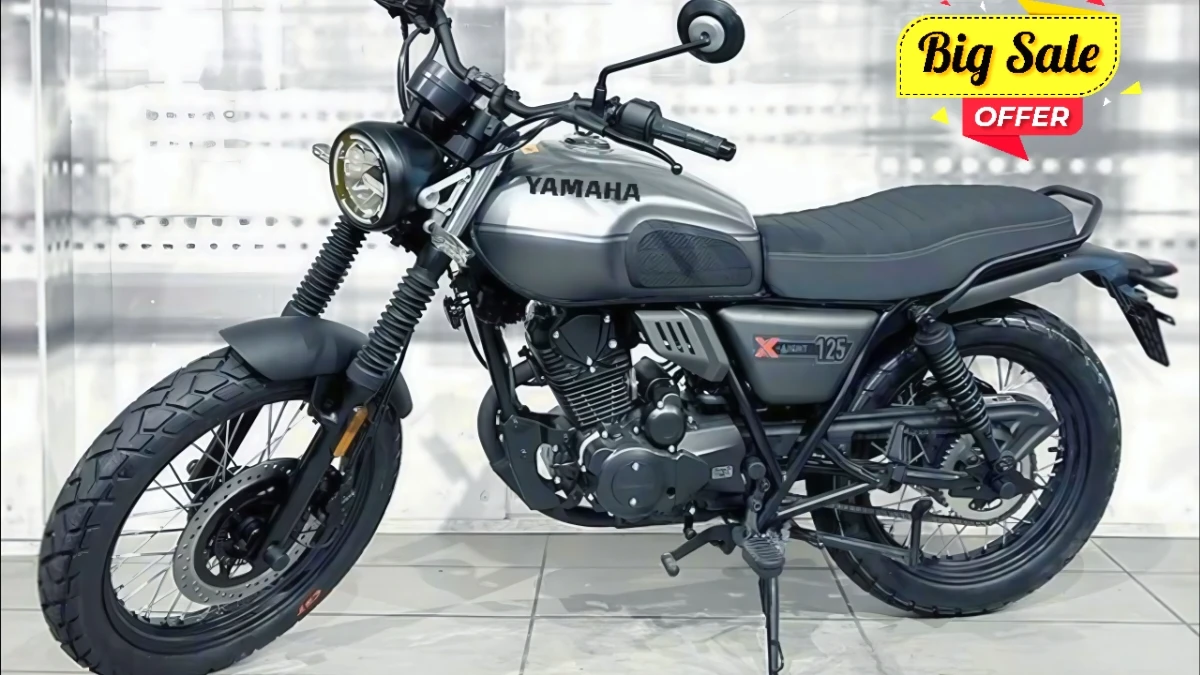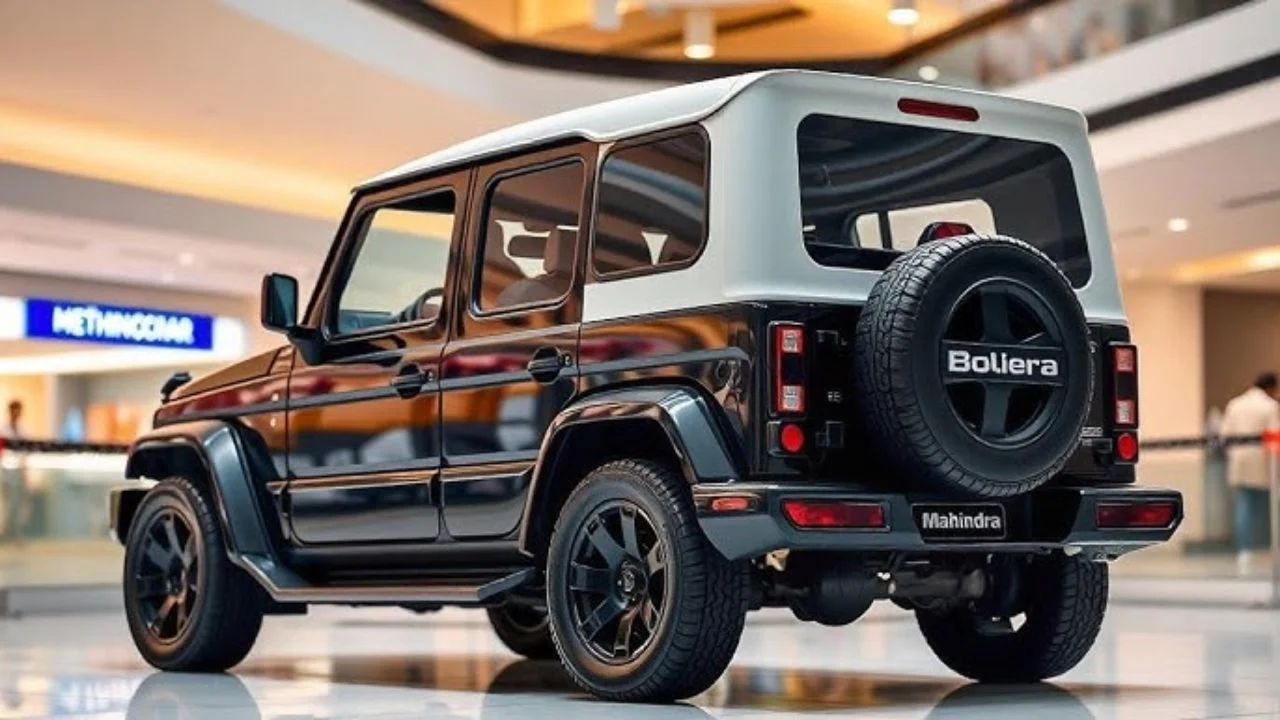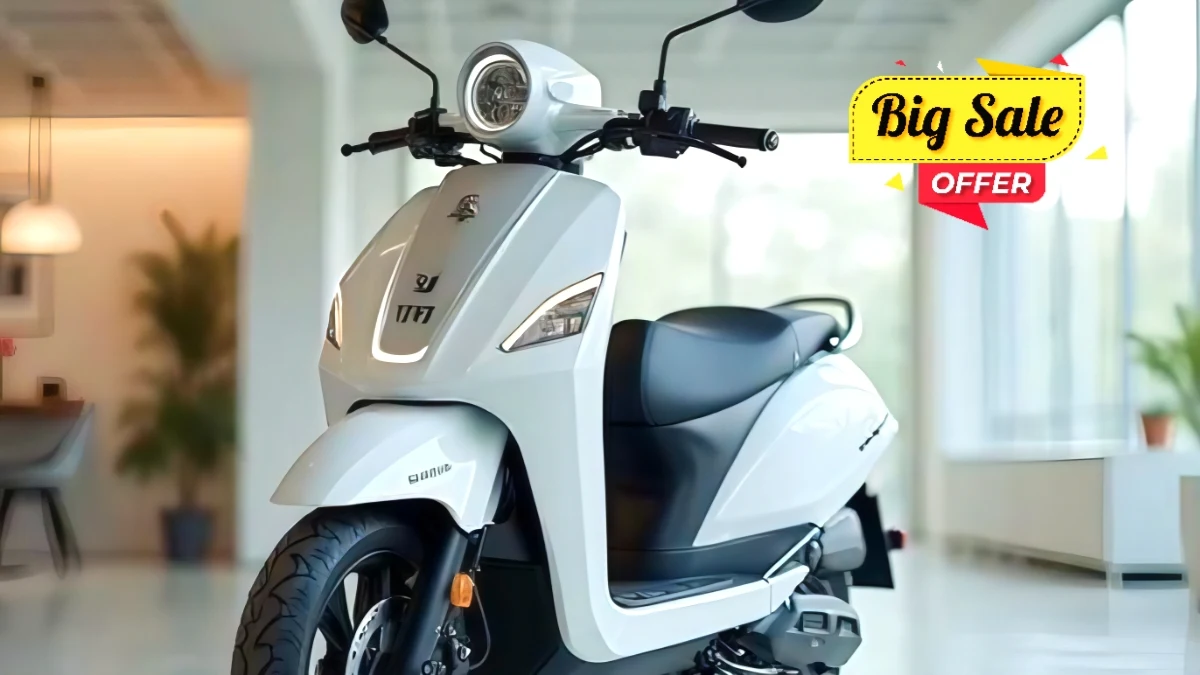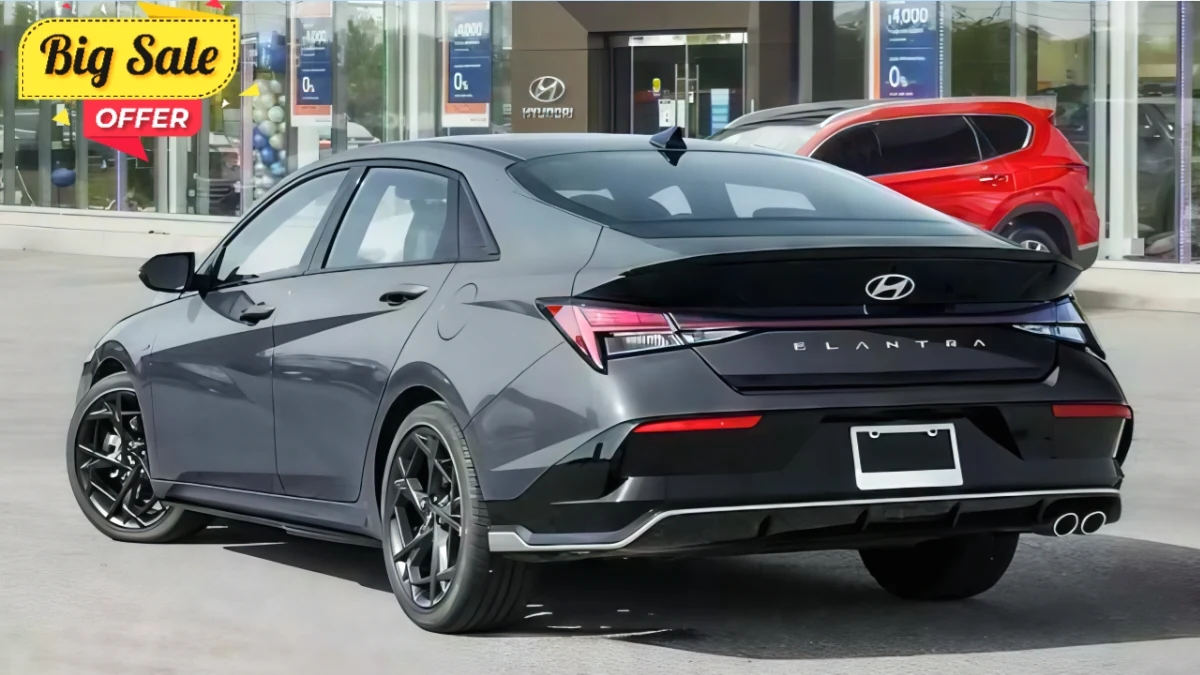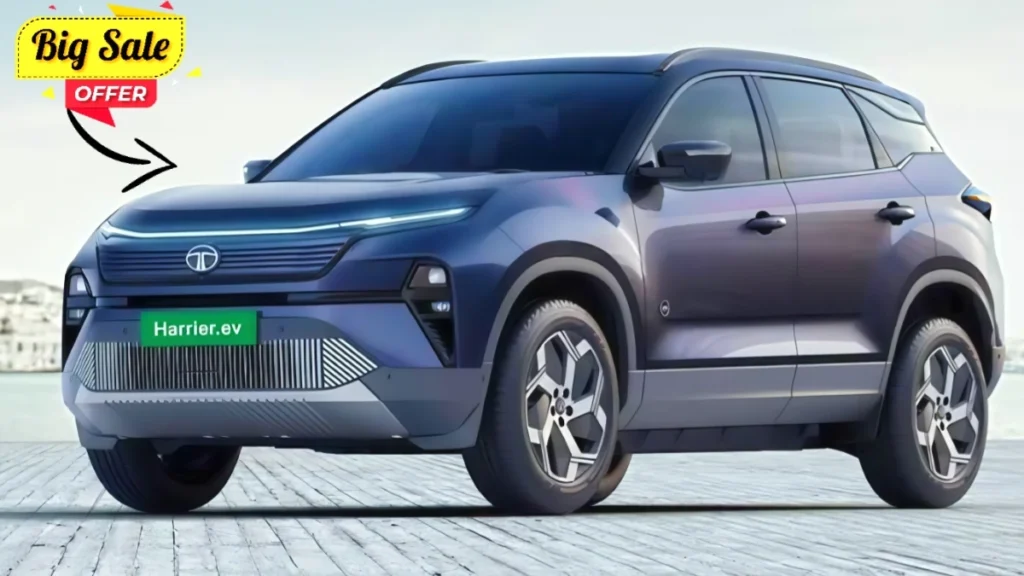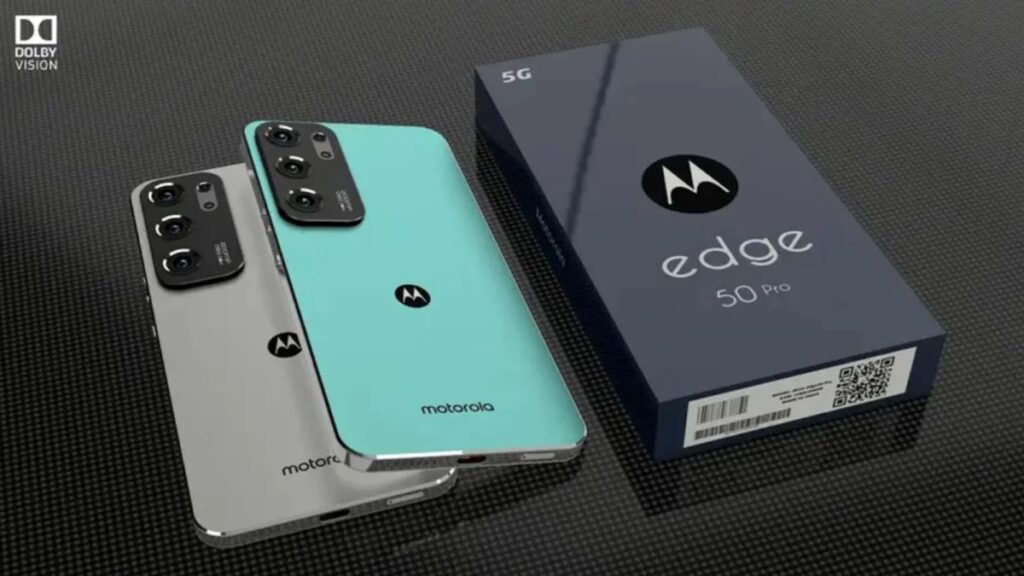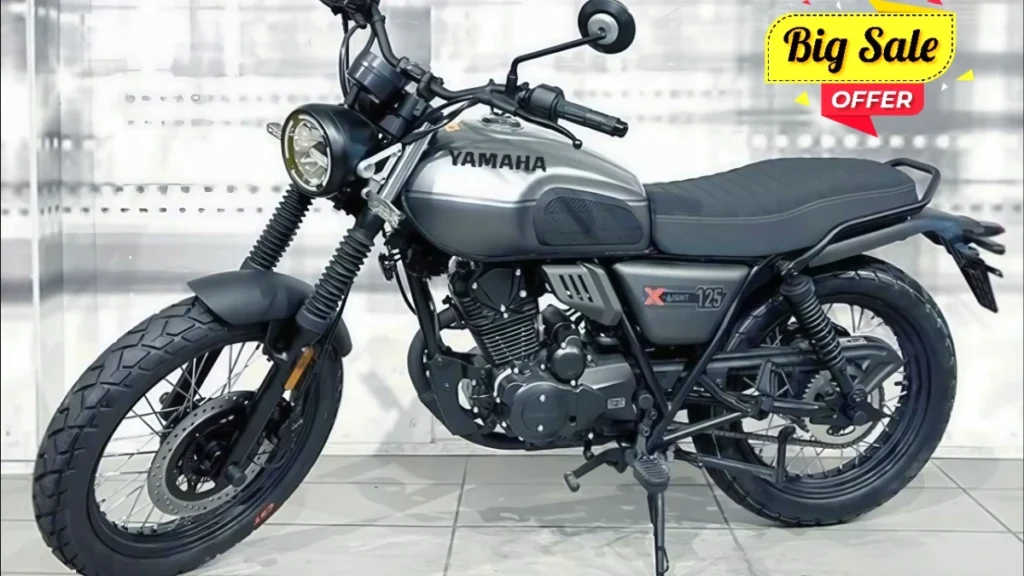The Kawasaki Ninja ZX-4RR 2025 is redefining the 400cc supersport segment in India with its thrilling inline-four engine, track-ready dynamics, and cutting-edge technology. Priced at ₹9.42 lakh (ex-showroom), this high-revving beast delivers an unmatched 77 PS (80 PS with RAM air) and a spine-tingling 16,000 rpm redline, making it a standout for Google Discover in 2025. Launched in November 2024, the ZX-4RR targets track enthusiasts, urban riders, and performance seekers with its aggressive design and premium features like a bi-directional quickshifter and Showa suspension. In this in-depth review, we’ll explore its design, performance, technology, safety, and why it’s a game-changer for Indian motorcycling. Let’s dive into what makes the Kawasaki Ninja ZX-4RR 2025 a dream machine for enthusiasts!
Aggressive Design and Ergonomics
The Ninja ZX-4RR 2025 embodies Kawasaki’s racing DNA with a sharp, aerodynamic design inspired by the Ninja ZX-10R. Its sleek fairing, twin LED headlights, and upswept tail create a fierce, track-ready aesthetic. The new triple-tone Lime Green/Ebony/Pearl Blizzard White KRT Edition livery, introduced for 2025, pays homage to Kawasaki’s World Superbike legacy, turning heads in cities like Delhi or on tracks like Buddh International Circuit. The 17-inch alloy wheels, compact 1,380 mm wheelbase, and 135 mm ground clearance ensure agility, though the low clearance may challenge rough Indian roads. At 189 kg, it’s nimble yet stable, balancing sporty looks with practical handling.
The rider triangle, with clip-on handlebars and high-set footpegs, promotes an aggressive, forward-leaning posture ideal for corner carving but less comfortable for long-distance touring. The 800 mm seat height suits riders of varying heights, though taller riders (above 180 cm) may find the compact frame slightly cramped, as noted by reviewers. The minimalist windscreen offers limited wind protection, prioritizing aerodynamics over touring comfort. Compared to the Yamaha R3’s more relaxed ergonomics, the ZX-4RR’s track-focused stance is unapologetically sporty, making it perfect for spirited rides and track days.
High-Revving Performance and Mileage
At the heart of the Ninja ZX-4RR 2025 is its 399cc liquid-cooled, inline-four engine, a rare configuration in the sub-500cc class. Producing 77 PS at 14,500 rpm (80 PS with RAM air) and 39 Nm at 13,000 rpm, it’s the most powerful 400cc bike in India, outpacing the KTM RC 390’s 43.5 PS. The engine’s high-revving nature, with a 16,000 rpm redline, delivers a thrilling exhaust note reminiscent of 1990s 250cc four-cylinder screamers. The six-speed gearbox, paired with a bi-directional quickshifter, ensures seamless clutchless shifts, ideal for track sprints or city overtakes. The lightweight flywheel and direct throttle response make it lively, though some riders note a slight lag below 8,000 rpm in city conditions.
The ZX-4RR’s BS6 Phase 2-compliant engine achieves a user-reported mileage of 21.5 kmpl, competitive for a performance bike, with a 15-liter fuel tank offering a 300–320 km range. Real-world tests suggest 18–22 kmpl in mixed conditions, saving ₹6,000–₹8,000 annually at ₹90/liter compared to a 15 kmpl bike. The engine’s flexibility provides strong low- to mid-range torque for urban riding and screaming top-end power for highways or tracks. However, keeping it above 8,000 rpm is key for overtaking, as the powerband peaks at higher revs. Compared to the Ninja 400’s twin-cylinder, the ZX-4RR’s inline-four offers a unique, exhilarating ride, though it demands precise gear management.
Advanced Technology and Features
The Ninja ZX-4RR 2025 is loaded with premium tech, setting it apart in the 400cc segment. The 4.3-inch TFT display offers Normal and Circuit modes, showing speed, RPM, fuel levels, and ride data with crisp clarity. Smartphone connectivity via Kawasaki’s Rideology app enables call notifications, ride logging, and settings adjustments, though turn-by-turn navigation isn’t supported, unlike the Aprilia RS 457. Four riding modes—Sport, Road, Rain, and Custom—integrate KTRC traction control and power modes, ensuring adaptability to wet roads or aggressive track sessions. The bi-directional quickshifter, standard on the ZX-4RR, delivers smooth gear changes, a feature absent in the base Ninja ZX-4R.
Additional features include LED lighting, dual-channel ABS, and an assist/slipper clutch for smoother corner entries. The lack of a USB charging port is a minor oversight, though aftermarket accessories like a 5V USB-A output are available. Compared to the KTM RC 390’s simpler LCD display, the ZX-4RR’s TFT and electronics feel more advanced, appealing to tech-savvy riders. For urban commuters and track enthusiasts, the tech package balances performance and practicality, though some wish for adjustable levers in the base package.
Track-Ready Handling and Safety
The ZX-4RR’s chassis, built on a high-tensile steel trellis frame, draws inspiration from Kawasaki’s World Superbike Ninja ZX-10RR, delivering razor-sharp handling. The Showa SFF-BP 37mm inverted front forks with preload adjustability and Showa BFRC-lite rear monoshock (seen on the ZX-10R) offer race-tuned suspension, balancing track precision with street usability. The 120/70-ZR17 front and 160/60-ZR17 rear Dunlop Sportmax GPR-300 tyres provide excellent grip, though some riders suggest upgrading to stickier rubber for track days. Dual 290mm front disc brakes with radial calipers and a 220mm rear disc ensure strong stopping power, enhanced by dual-channel ABS.
Safety features include KTRC traction control, adjustable across three levels or off, and four riding modes to manage power delivery in rain or on slick surfaces. The 135 mm ground clearance and 189 kg weight make it nimble, though the low clearance may scrape on steep speed bumps, a concern in India. The ZX-4RR’s handling outshines the Yamaha R3’s softer setup, but its aggressive stance may fatigue riders on long rides compared to the Ninja 650. For track enthusiasts and urban riders, the combination of ABS, traction control, and premium suspension offers confidence and control, though the lack of a formal NCAP rating is a minor gap.
Pricing and Availability
Priced at ₹9.42 lakh (ex-showroom), the Ninja ZX-4RR 2025 is ₹32,000 costlier than its 2024 model, reflecting the new color scheme and premium positioning. On-road prices in Delhi reach ₹10.83 lakh, with EMI options starting at ₹18,000/month via HDFC/ICICI cards and a ₹1.5 lakh down payment. Launched on November 18, 2024, it’s available in limited numbers at Kawasaki’s 49 Indian dealerships in cities like Mumbai, Bengaluru, and Chennai. Bookings require a ₹50,000 token amount, with deliveries in 7–14 days, though high demand may extend waits. Festive offers include ₹40,000 discounts and free accessories worth ₹10,000, but buyers should verify terms with dealers.
Competitive Edge
The Ninja ZX-4RR 2025 has no direct rivals in India’s 400cc segment due to its unique inline-four engine. The Yamaha R3 (₹4.65 lakh) and KTM RC 390 (₹3.21 lakh) use twin-cylinder engines, offering less power (42 PS and 43.5 PS, respectively) but lower prices. The Aprilia RS 457 (₹4.10 lakh) matches the ZX-4RR’s tech but lacks the four-cylinder thrill. The Ninja ZX-4R (₹8.79 lakh) is a cheaper alternative but misses the quickshifter and Showa suspension. While the ZX-4RR’s ₹9.42 lakh price is steep, its 80 PS output and track-ready hardware justify the premium for enthusiasts. Kawasaki’s service network
